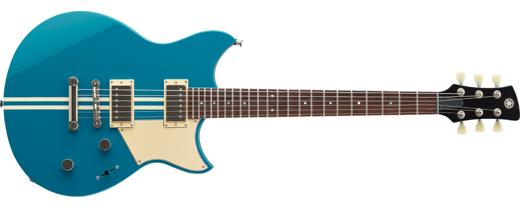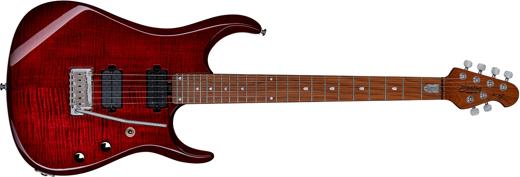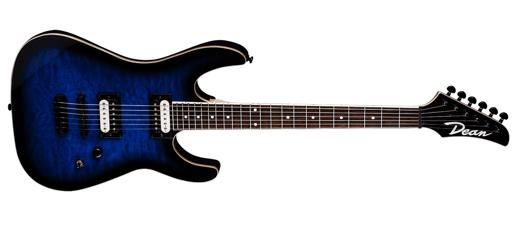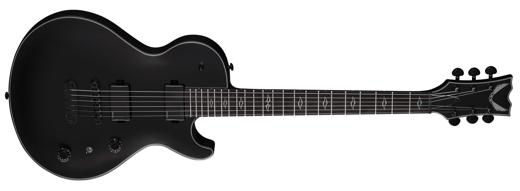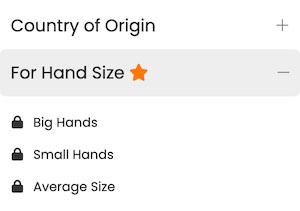Yamaha BBNE2 Review & Prices
- From Yamaha's 2021 BBNE series
- Nathan East Signature
- Made in Japan
- 5 strings
- 34"'' scale
- 23.622" Fretboard Radius
- Maple / Alder body
- Maple / Mahogany 5-Piece neck
- Ebony fretboard
- Bridge pickup: Yamaha Custom Stack Type / Alnico V (Humbucker/Active)
- Neck pickup: Yamaha Custom Stack Type / Alnico V (Humbucker/Active)
- 1 volume and 3 tone Dome knobs
- 3-way Switch
- Yamaha Original bridge
- Bass C Bolt-On neck
- 24 Medium frets
- Gotoh GB72 tuners
- Compare Specs >
Our Scores and Tone Evaluation
- Heavy Metal
- Hard Rock
- Jazz
- Blues
- Funk
- Country
Yamaha BBNE2
- Made in Japan
- Expensive Wood
- Bone Nut
- Top Brand Pickups
- Active Preamp
- Cheap Fret Wire (NS)
- No Locking Tuners
- No Neck-Through Build
- No Push Knob or Extra Switch Option
- No Weight Relief
- No Luminescent Inlay
- No Compound Radius Fretboard
- No 21:1 Tuner Ratio
- No Retainer Bar
- No Strap Lock
Price Overview
Its average competitor's price is $2500, which means that the Yamaha BBNE2 costs around 28% more than the competition. It might be due to it having additional features, but know that you can find cheaper similar alternatives. This takes into account all instruments of the same category in our database with 5 strings and Fixed bridge that are made in Japan.
These are affiliate links. We may earn a fee if you purchase after clicking. These prices are prone to error. Make sure you're buying the right product after clicking on a link from our site. We are not liable if you buy the wrong product after following these links. As an Amazon Associate site we earn from qualifying purchases.
Videos









Your feedback
Not all instruments are created equally. That's why it's important to have different opinions. Here's what our users who have played this instrument say. If you've played it before, help others by voting below!
Weight
VoteTuning stability
VoteNeck speed (thickness)
VoteNeck access to high frets
VoteNeck profile shape
VoteFret edges
VotePickups noise
VotePickups power
VoteIs it Easy to Play?
The Yamaha BBNE2 meets 4 out of our 6 criteria items for beginner friendliness, which means that it's a good bass to start with as a complete beginner. This takes into account the type of frets, scale length, nut width, bridge type, fretboard radius, and neck profile to determine the easiest combination for new players to get used to.
New Player Friendliness
Yamaha BBNE2- Comfortable shape
- Tall frets
- Narrow nut
- Comfortable neck
- Comfortable fretboard
- Short scale
Hand Size Comfortability
After taking into account the neck profile, scale size, fretboard radius, and nut width, we can conclude that the Yamaha BBNE2's construction favors people with relatively small hands.
Nevertheless, this comes down in the end to personal preference. Make sure you test this bass—or another one with similar characteristics—before buying.
Scale Length
Scale length is the distance the strings will span between the bridge and the nut. It can tell you a lot about the overall playability and tone of the instrument. A longer scale length means longer distance between frets, brighter tone and more string tension—which means lower action, but more difficult bending of the strings.
Here's the Yamaha BBNE2's 34" scale length compared to other common sizes:
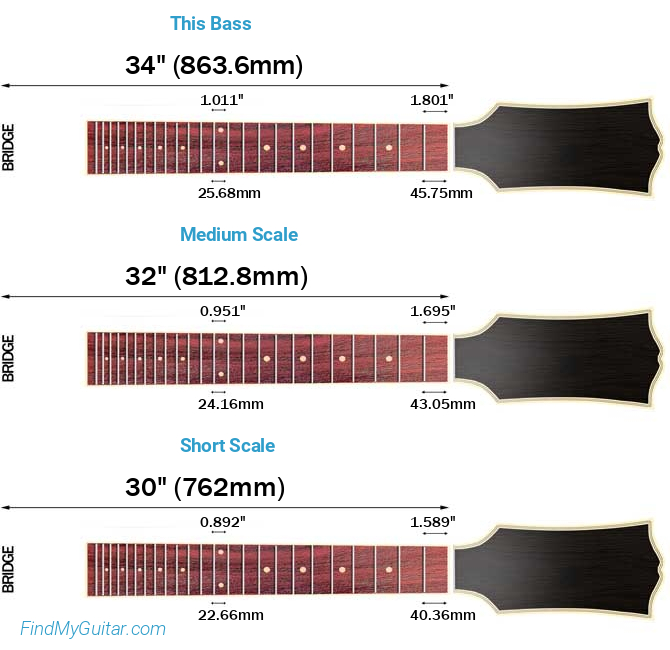
This is considered a long scale bass, and it's the most popular choice for several reasons. Even though it might be more difficult to play than short scale basses due to their increased string tension, their punchier low-end results in a clear and defined bass tone that can cut through in a mix, making them well-suited for genres like rock, metal, and funk.
Neck Profile
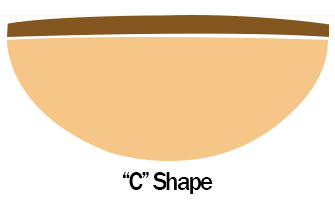
The neck profile tells you the thickness (neck depth) and shape in cross section. Every difference will completely change the feeling and comfortability of the neck. This is a highly subjective thing, but most players indeed prefer certain types of necks (like Cs and Ds) because they feel nice in most hands.
It has a C type neck. C-shaped necks like this have been the most popular for the last years. The reason is that they feel good in most hands. It's generally a thin neck that doesn't get in your way when playing fast, but that also has enough mass to give your hands a comfortable grip for chords if they aren't too big.
Thin necks like this make it easier to move your hand across the neck and it helps when playing fast solos, especially if you like to leave your thumb free while playing high on the fretboard. However, thinner necks are also weaker and will need adjustment more often than a thicker neck.
Fretboard Radius
When it comes to fingerboard radius, personal preference will dictate which one is better for you. However, most people seem to agree that a more curved (lower) radius will make it easier to play chords while a less curved (higher) radius is better for soloing and bending.
The Yamaha BBNE2 has a 23.622" fingerboard radius.
Here's an image comparing this fretboard radius to other popular choices:

This radius makes the fretboard almost completely flat, which means that it's perfect for playing single notes and bends. However, making complex chord shapes will be harder because you might mute the strings accidentally, but that will depend on the nut width.
Compound radius fingerboards give the best of both worlds. Unfortunately, the Yamaha BBNE2 has the same radius across the board.
Playability compared to main competitors
Nut Width
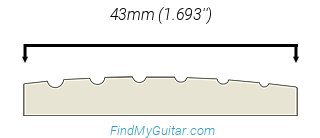
The Yamaha BBNE2 has a nut width of 43mm (1.693''). This is considered a narrow width for a 5-string bass. A narrow nut width can make it easier for players with smaller hands or shorter fingers to navigate the fretboard comfortably. However, the limited string spacing may pose challenges for slap bass techniques. Additionally, players with larger hands might find a narrow nut width uncomfortable and potentially lead to more accidental muting of neighboring strings.
Frets
The Yamaha BBNE2 has 24 frets. A lot of people mistakenly believe that having more frets will always be better because it gives you a higher octave. This is certainly an advantage, but there's also a disadvantage to this.
Since the fretboard will be longer, the neck pickup will need to be placed closer to the bridge. And as you may know, the further away the neck pickup is from the bridge, the warmer it sounds. This means you'll have a brighter-sounding neck pickup when using a 24-fret bass, even if you use the same pickup on a 22-fret bass.
It comes with nickel silver frets, so they won't last as long as stainless steel frets. If you use your instrument a lot, you might need to replace the frets after a few years. But this is unlikely as most people change instruments before this happens.
Fret Size

Finally, let's talk about fret size. Some people prefer tall frets because it's easier to press the strings and perform bends since there's less friction against the fretboard. On the other hand, some people like shorter frets because they like to touch the fretboard when playing, or because they got heavy hands and tend to press too much on the string and alter the of the note pitch accidently.
The Yamaha BBNE2's frets are Medium size. With medium frets, you can feel the fretboard more than with jumbo frets, but it's still easier to press the strings cleanly than with small frets; notes might change their pitch just slightly if you press hard on the fret. Also, if you need to do some fret leveling after years of playing, you'll have some room to sand them down without having to replace them.
Playability Score
Tone Analysis
Wood will have little influence in the final tone of an electric guitar or bass. Instead, the hardware, especially the pickups, will be the most important thing to look at. Bur first, let's see the quality of the wood.
Wood
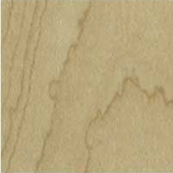
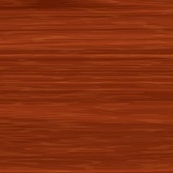
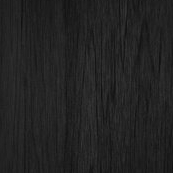
Maple Body: This is one of the most popular types of wood used in all kinds of guitars. It's heavy, strong and compact, which makes it great for necks. However, it's also used for fretboards, bodies and tops due to its light color, resistance and beautiful patterns. When it comes to tone, it highlights the mid and high frequencies.
Mahogany Neck: This is the type of wood found in many top-of-the-line guitars, so that's a positive point for the build quality. This red-looking wood Mahogany is found in Africa and Central America and has great sustain and a warm tone due to its high density. The downside about this type of wood is that it's relatively heavy.
Ebony Fretboard: This is one of the most expensive woods there is, which is why it's mostly used for fretboards. It is dense, heavy, highly resistant and comes in a really dark color that gives any guitar a classy touch. Tone wise, it helps the high side of the spectrum and provides good sustain.
Pickups
This bass comes with pickups from one of the top brands: Yamaha. So you can expect well built pickups with great sound that shouldn't need an upgrade anytime soon.
These are active pickups, so you can expect a lot of output with a highly compressed signal that will give your tones more distortion while retaining a clear, defined sound, which is what many Heavy Metal players need. However, they have the disadvantage of sometimes lacking a fully clean sound when playing without distortion.
Preamp
The preamp is an electronic circuit that serves as an intermediary between the bass's pickups and the amplifier. Its primary function is to boost and shape the bass's raw signal before it reaches the amplifier. This allows for greater control over the bass's tone, volume, and other sound characteristics. Preamps often include tone controls, equalization settings, and sometimes even onboard effects, enabling bassists to tailor their sound to their preferences and the musical context.
This bass has a Active preamp. Unlike passive basses, which rely solely on passive pickups and tone controls, active preamps require a power source, typically a 9-volt battery, to operate. The active preamp offers several advantages, including the ability to boost or cut specific frequencies, resulting in a more versatile and customizable tonal palette. Active basses are favored in genres where precise tonal sculpting and extended tonal options are essential, such as jazz fusion or progressive rock. However, they do require occasional battery replacement or recharging to ensure optimal performance.
The Yamaha BBNE2's configuration is HH. With this pickup combination, you'll get warmer tones and more output than using single coils. Humbucker pickups cancel the noise that single-coil suffer from, which also results in a warmer tone. This pickup combination isn't only for high-gain music like Hard Rock or Heavy Metal. Their warmness is also popular for Jazz, Indie, R&B, Blues and more.
Versatility
It comes with the popular 3-way switch that is present in most guitars. For more versatility, players tend to prefer a 5-way switch, although it all depends on what you want to use your bass for.
Unfortunately, it doesn't come with more options for coil split or coil tapping. This makes it less versatile than some competitors.
Diagram
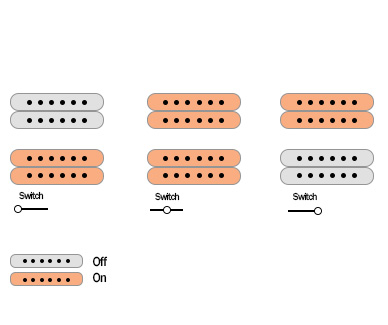
What music genre is it good for?
As a 5 strings, Solid Body bass with HH configuration and Active pickups, we'd recommend it for genres like Funk or similar. However, you can use almost any bass for any genre. This is just the typical type of music for this particular one.
Sound Score
Build Quality Analysis
Country of Origin
Knowing where the instrument is produced is a good way to know how well it's built. Some manufacturing countries are known for having higher quality standards. For example, most expensive instruments are made in the US or Japan, but there are some exceptionally great countries—like South Korea—that are building a good reputation.
The Yamaha BBNE2 is made in Japan. You should expect a high-quality guitar with excellent quality control. It can be compared to guitars made in the US, which is why they're also expensive.
Bridge
Yamaha Original: The advantage of fixed bridges is that they don't require any kind of set-up. This makes it extremely easy when changing strings because you don't need to adjust anything besides tuning the guitar. Also, the fact that the bridge is directly attached to the body will help to increase sustain. The disadvantage is the lack of versatility since you can't create the same vibrato effects as with tremolo bridges.
Nut Material
Another important thing to analyze is the nut material, as it's one of the most important aspects that can affect the sound and playability of your bass. A well-cut nut will make sure it stays in tune and will make it more comfortable to play.
In this case, the Yamaha BBNE2 has a Bone nut. This material is one of the highest quality you can get. It provides excellent sustain and tune stability if cut well. The only disadvantage is that it's an organic material, so it's not consistent. Two different bone nuts, even if made from the same bone, will probably sound slightly different. However, bear in mind that this is only relevant when playing open strings.
Neck Joint
The neck joint is the part where the neck of the bass meets the body. There are three main techniques to attach both parts together: Set-In, Bolt-On and Neck-Through. The latter two provide different advantages, although neck-throughs are the most expensive.
This bass has a Bolt-On neck joint. Even though this type of neck was looked down upon for a long time, nowadays bolt-on necks are well built and provide just as much sustain as any other join method. First of all, it's cheap to make because it consists of simply 4 bolts that attach the neck to the body. And you can travel with the guitar more easily, swap out the neck if you damage it, or upgrade to a more comfortable neck later on.
Build Quality Score
All Specs
Yamaha BBNE2User Reviews
Help others by sharing your opinion about this bass. Note: to avoid spam, your review will be submitted for approval before appearing here.
